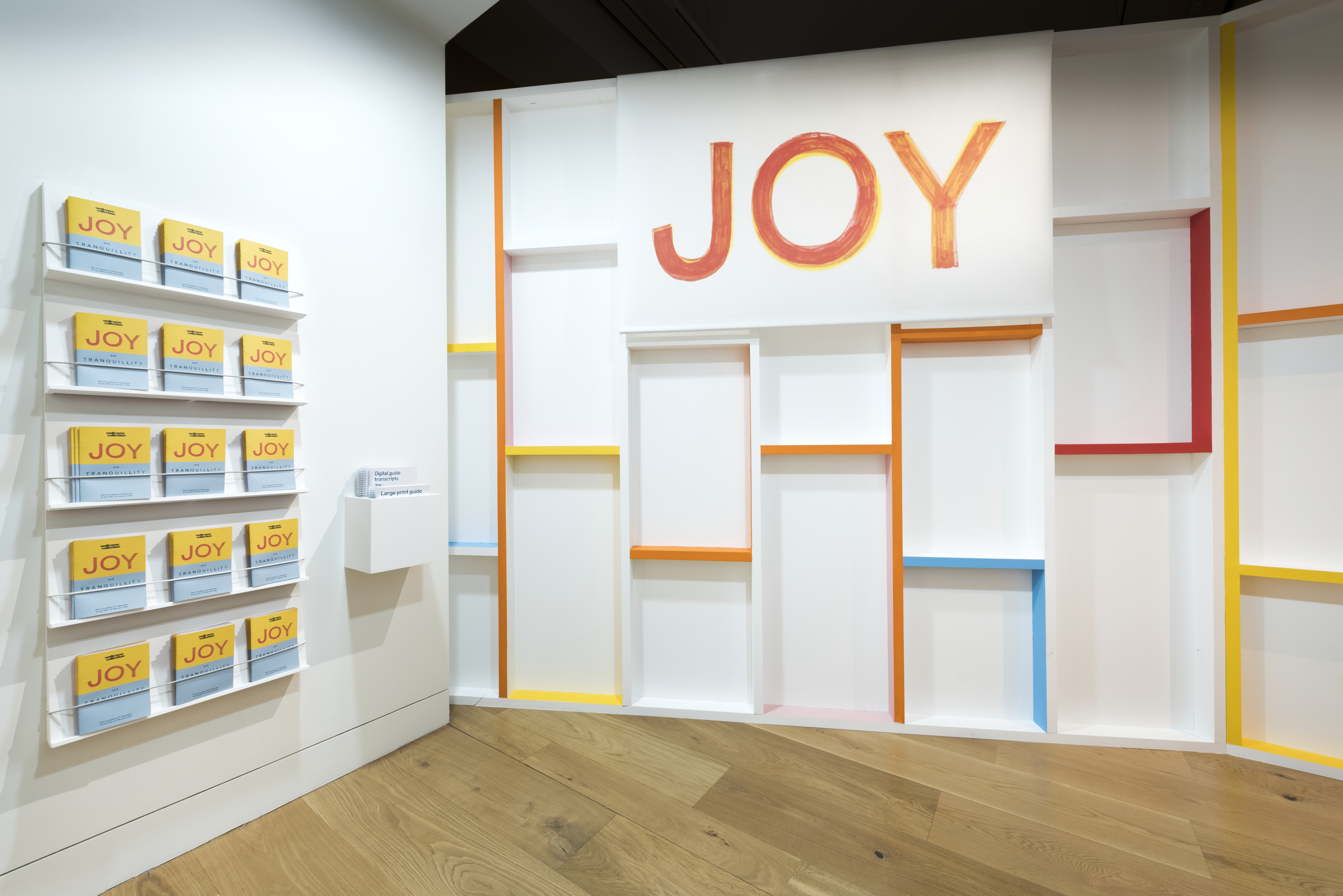Joy Inside Our Tears
2021 Wellcome Collection, London, UK
Joy Inside Our Tears, 2021
Installation: film, sound, floor and wall vinyl photographs
Commissioned by The Wellcome Collection, 2020
Joy Inside Our Tears is a video installation that examines the relationship between trauma, social dancing and collective joy. The work has developed from a number of documents in the Wellcome Collection exploring historical examples of social dance in relation to crisis ad social trauma. Harold Offeh’s research has focused on the history of medieval dance mania. These were spontaneous outbreaks of dancing amongst Northern European peasant communities from the 14thCentury, often characters by women dancing uncontrollably for days, these occurrences have been linked to outbreaks of the plague. This is compared with the 1990’s HIV/AIDS dance-a-thon fundraisers in the US. These all-night dance parties raised awareness of HIV and AIDS through the collectivity of the queer community coming together in celebration with activism. What links both examples is the transposing of social trauma and anxiety into redemptive acts of collective joy through dance and duration.
This exhibition shared a diversity of euphoric experiences and the effect of positive emotion on the body. Joy can bring catharsis, build resilience and bring people together. The dance floor promises a moment of euphoric release. Harold Offeh collaborated with the choreographer Vânia Gala on a series of online workshops bringing together different artists to explore the restorative qualities of dance. Originally proposed before the pandemic, the commission was reconfigured due to physical distancing guidelines. The dancers’ movements are produced in response to a series of instructions such as shaking, passing out and dancing in slow motion. The work considers the complex relationship between societal trauma and public manifestations of dance. These can be redemptive but can also hint at something darker. For the commission, Offeh researched the history of medieval dancing manias. While the causes of the manias are unclear, these eruptions of spontaneous dancing in the street were views as a either mass hysteria or a form of spiritual possession.
Performers: Harold Offeh, Veronica Cordova de la Rosa, Samra Mayanja, Ebun A Sodipo
Choreography: Vânia Gala
Design and Photography: Eloise Calandre
Sound design: Xana
Production support: Jack Scott, James Jordan Johnson




